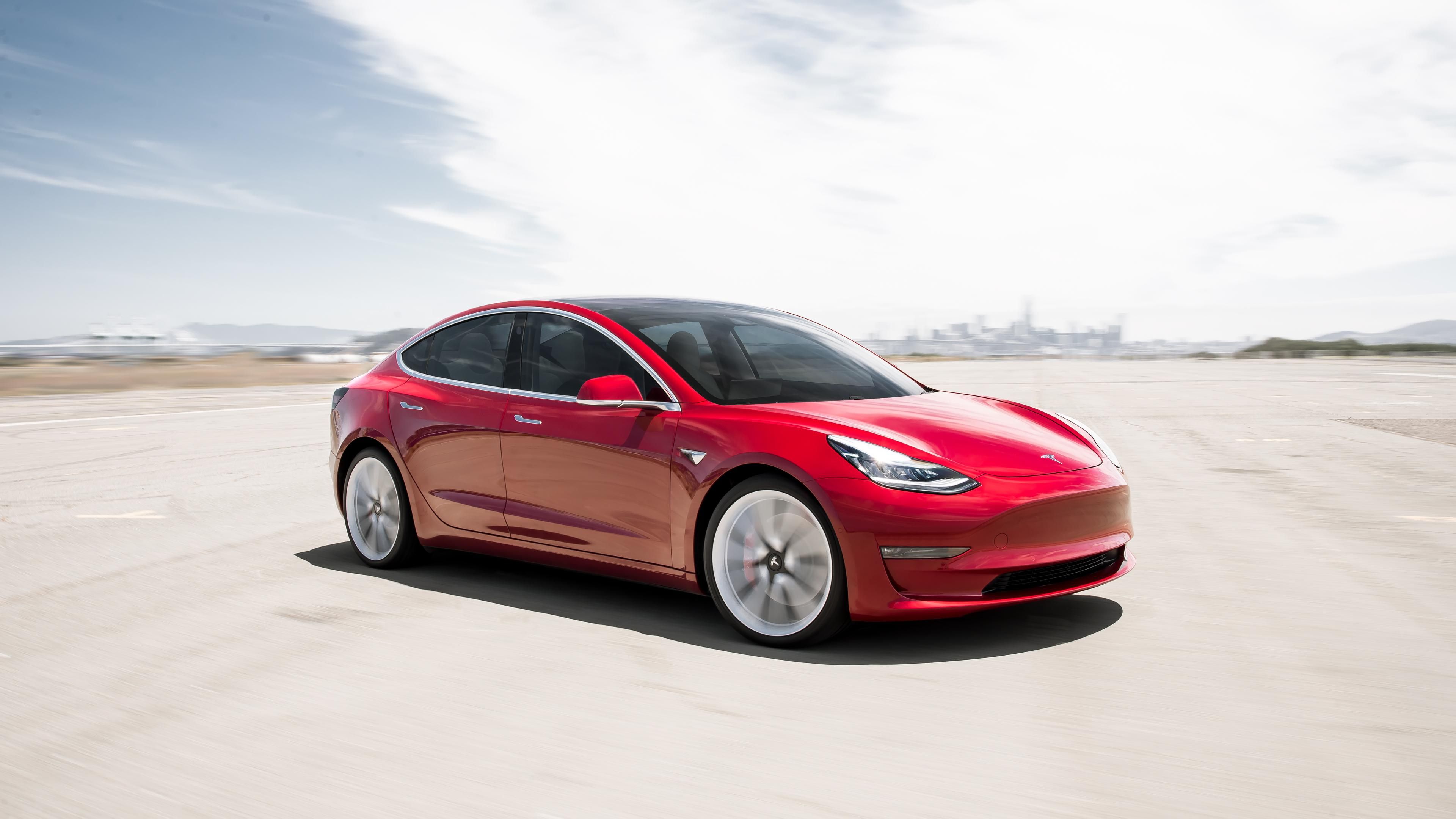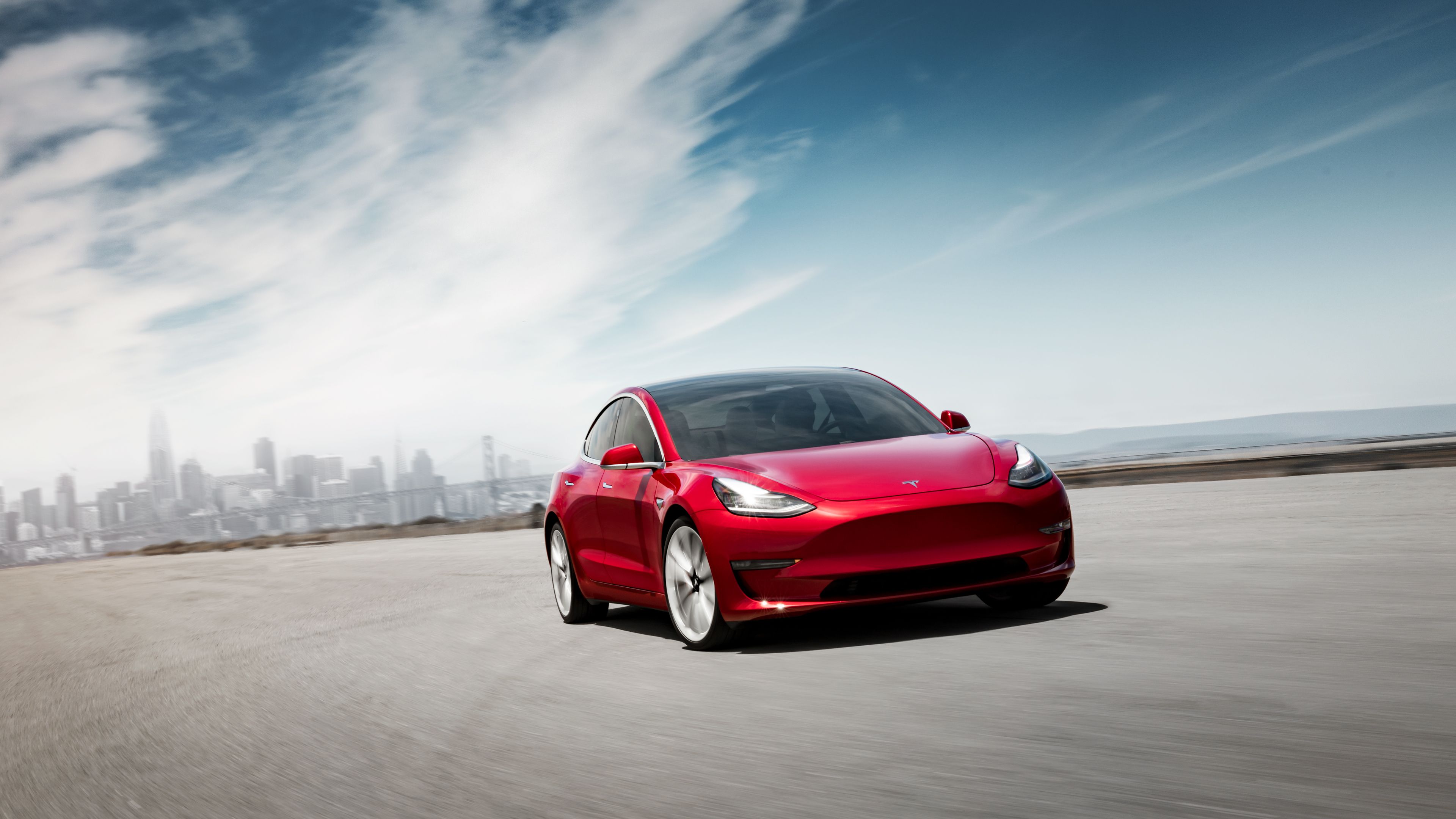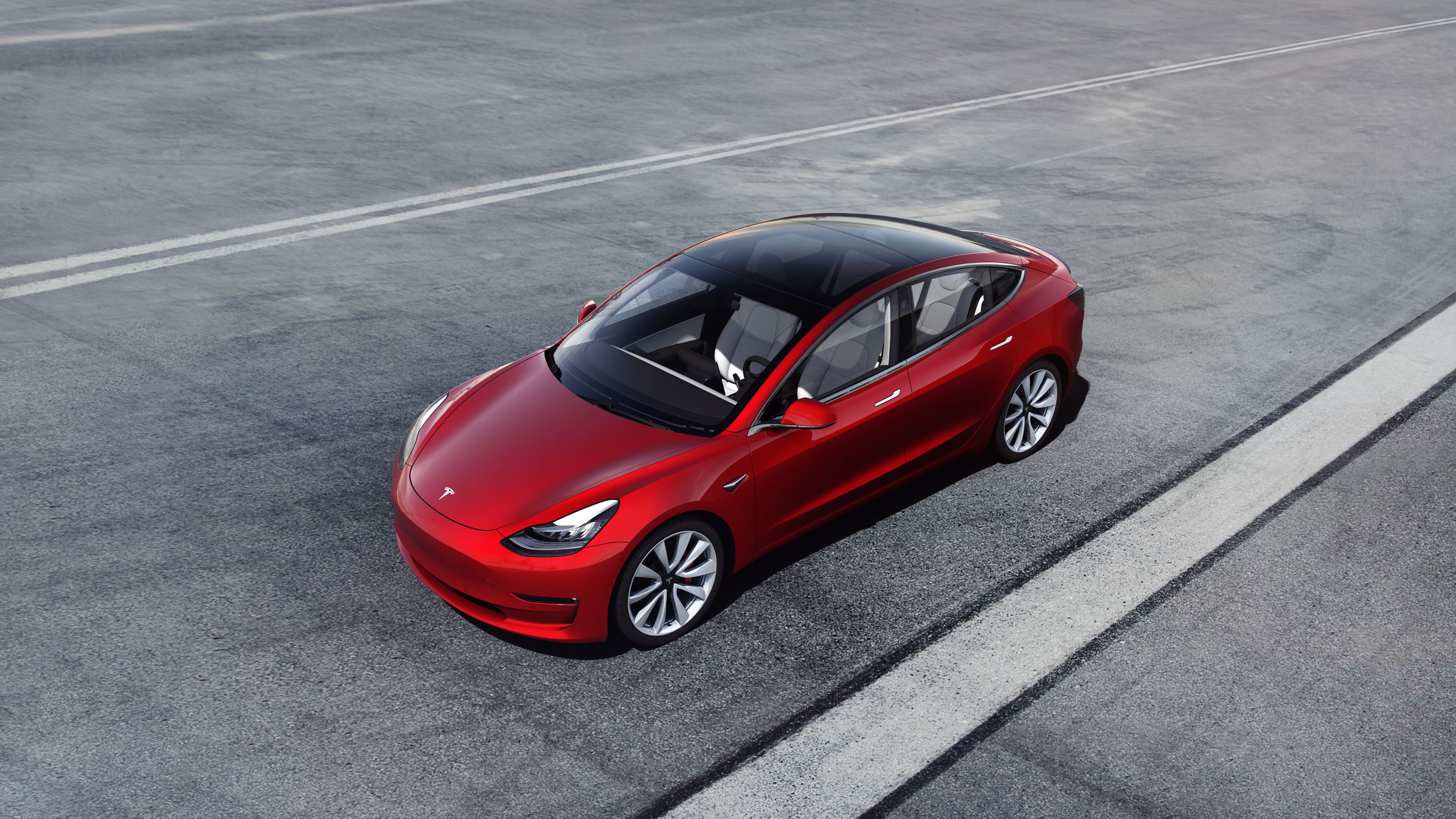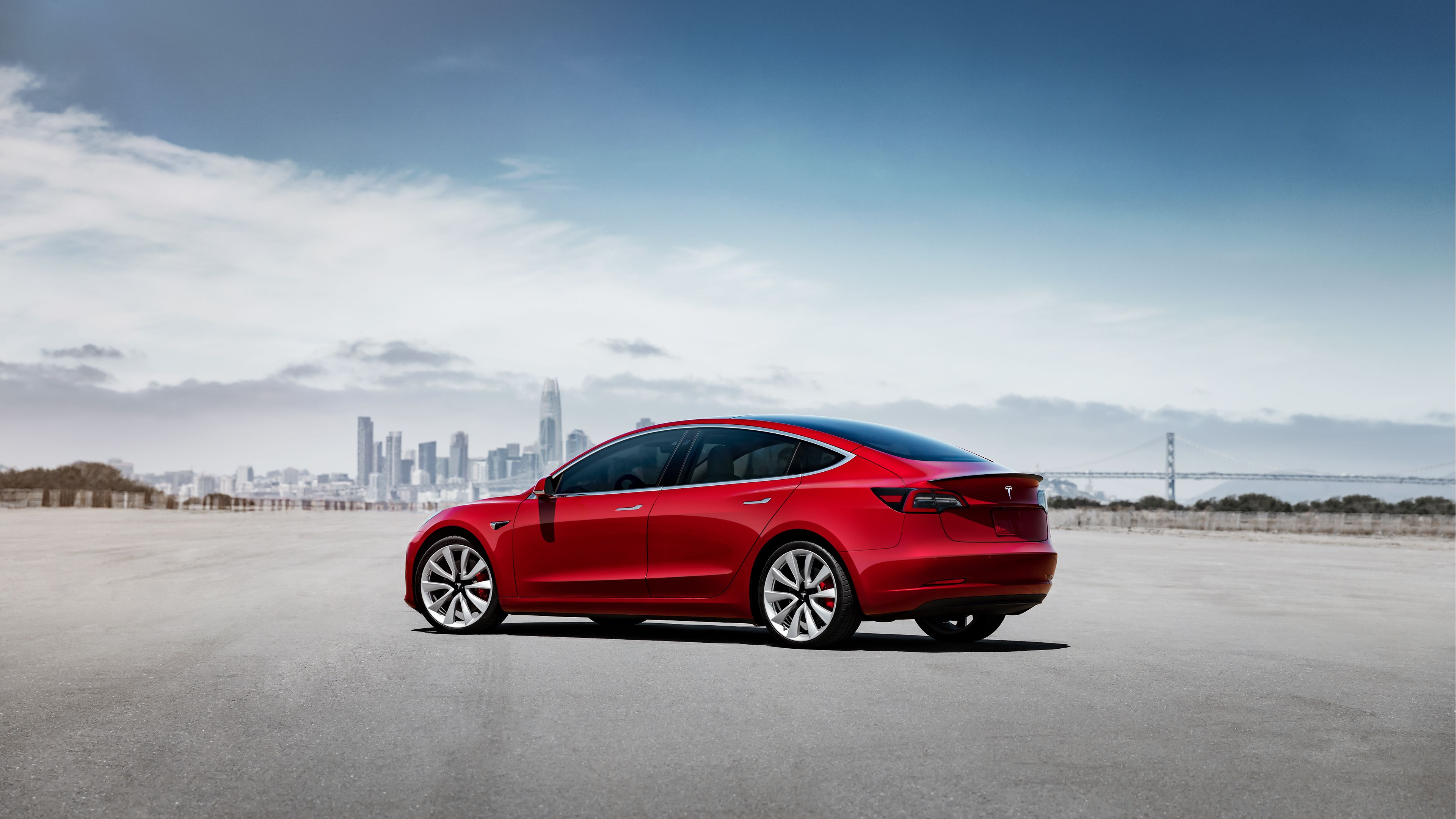As you are probably well aware, a lot of governments offer some relatively big incentives to get people into EVs, probably, well before they would normally make the transition. Government incentives have been a big deal here in the U.S. and even over in Europe. Canada also has a new incentive – a $5,000 tax incentive – but there’s a catch: The electric car in question needs to have a base price under $45,000 and cost no more than $55,000 with options. Tesla’s entire lineup was out of the running, until recently when Tesla dropped the price of the entry-level Model 3 to $44,999 by removing autopilot and cutting range down to just 151 km or about 94 miles. This is where it gets sketchy, and it gives a good reason for criticism.
Tesla Model 3 Incentive Special: Less Range, Same Battery
Right off the top, Tesla has completely disabled autopilot on this new range-reduced Tesla Model 3. As an option, that’s about $4,000 (you can still add it as an option, by the way) and “full-self driving,” aka FSD as Tesla calls it, will set you back another $10,600 – enough to disqualify you for the incentive anyway. Here’s the kicker, though, you’re only getting less range because Tesla is software blocking the battery and forcing it to only deliver a set amount of range. In other words, you have the same battery as the “standard” model just not enough range. Is that petty? Well, yeah, we’d say so.
Removing autopilot and even the hardware to make a model cheaper and eligible for a tax incentive makes a certain level of sense. But, to keep the same battery and using a few lines of code to limit its ability is basically Tesla giving you the middle finger because you want a tax incentive. Why not just leave the battery untouched? You get what you pay for? Yeah, perhaps, but who’s it hurting to leave the battery software alone? Nobody except, perhaps, Tesla because a few people might decide to go with the cheaper model with the same range. Still, we’ll file this under petty, as this gimmick seems like it’s aimed at people who could only afford a short-range Tesla with the tax incentive.
For what it’s worth, the short-range model should still deliver a 0-60 mph time of 5.6 seconds and a top speed of 140 mph – the same as the model above it with autopilot and more range. If you don’t need a lot of range and don’t care about autopilot, it might be a good deal, but Tesla could have done better with this one. Here’s to hoping someone, somewhere, figures out how to hack these lesser models to unlock the full range capability.




